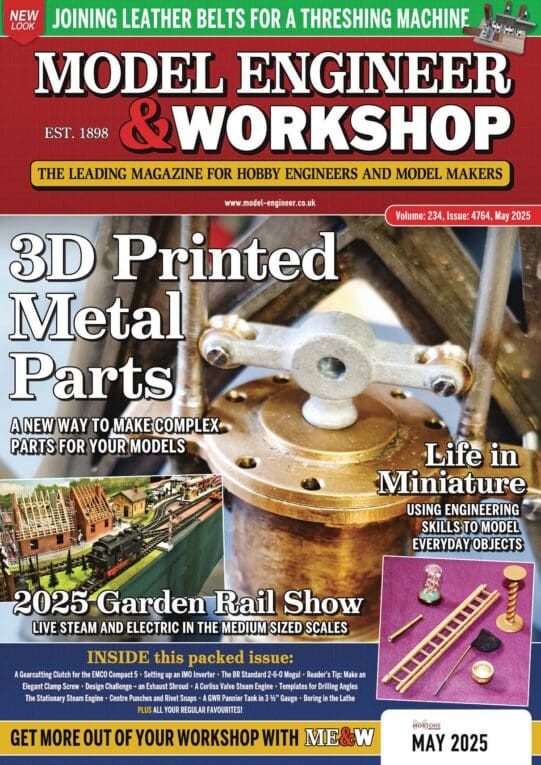Does anyone know how plug board capstan lathes work?
I used to – once, a long time ago. Place I started my apprenticeship at had a Herbert No. 4 bar auto capstan lathe with a Hepworth plugboard controller. This was a bit more modern than the Ward controller that Michael linked to, having several TTL control boards well populated with 74xx series logic gates as well as a lot of relays.
I can’t recall much about it now (it was late ’70s when I had to play with it) but it was both a PITA and a boon for me. PITA because when it played up it took a lot of fault finding, with me often spending hours watching the thing cycle trying to observe the point at which it went wrong. We had various “tools” to try and get to the bottom of problems, such as freezing spays, hot air guns, logic injectors etc. for when a particular suspect ic was identified. A boon as Hepworth Engiineering were just outside Holmfirth about 10 miles from the works. They had test rigs, so if a board was suspect it was arranged that I took the board in to them by arrangement to get it tested under load. I got the “up to 1300cc” car mileage rate for my 150cc motorcycle, plus I got to ride my bike on works time.
My recollection is that it was usually the boards that were the issue – can’t recall that the limit switches / sensors gave much bother. And it only usually played up when it hadn’t been used for a while – once up and running it was reliable if kept running. This was pretty much the case for the NC / CNC machines there as well – turn them off and they could take days to get back up and running again, so they were not turned off when not being used. The stack of lead acid memory back up batteries on the GE 1050T CNC control would only keep the memory (64 bytes core memory IIRC) up for 12 hours anyway.
I did an installation of a new machine in Czechoslovakia before the fall of the Communist Bloc & the factory there had a milling machine that ran basic cycles to limit switches, with the “program” being punched into 35mm cinema film stock. The programmers showed me the film stock they were using – a B & W propoganda film where Lenin could be seen delivering a speech when the film was held against the light.
Another precision electromechanical system I saw was on American Keller horizontal copy mills, which used constantly rotating ac motors to drive the axes via electomagnetic clutches controlled via precision switches in the stylus head. The system was set to feed along one axis and “peck” along the other, with the cut depth being controlled by the stylus being kept in contact with the master being copied. The stylus tip was the same size & profile as the cutting tool, so the parts could be first roughed out and subseqeuntly finished using different tools and “peck” widths. have seem pictures of these machines producing aircraft propeller blades during WW2, but the one I saw was making automotive press tooling.
Nigel B.
Ex contributor.




